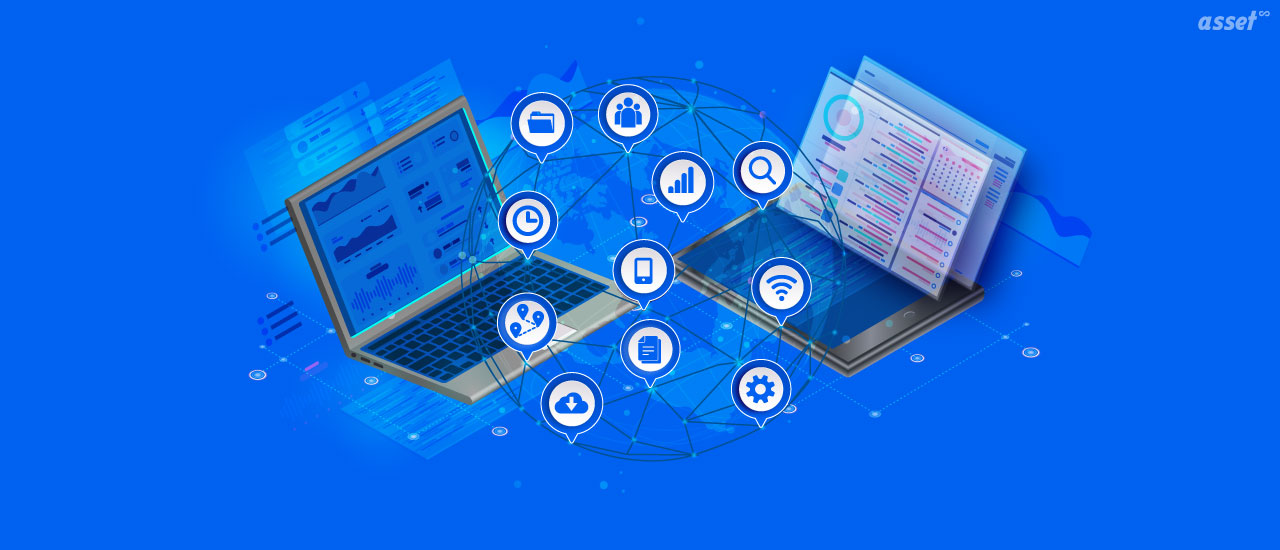One of the most complex, consequential, and trending topics in the world of business is asset management. The subject is both wide and deep, and keeps academics, entrepreneurs, and IT leaders busy trying to come up with fresh ways to get the most out of tangible and intangible assets. On the tangible side, a web help desk does a lot of the heavy lifting. That’s because they use automated systems to follow the maintenance and use of all sorts of equipment and other items throughout an entity. The most typical examples include things like monitors, heavy equipment, laptop computers, sensitive hard-copy file cabinets, servers, and much more.
Managing the Right Way
A set of processes used to track the deployment and maintenance is with the use of asset management across your enterprise. An asset is any item owned by a company. For example, IT assets can include items such as servers, laptops, and monitors. A competent help desk does dozens of wide-ranging tasks in addition to tracking, tracing, and otherwise keeping an eye on everything. But, when it comes to asset management, those chores include five core functions, namely discovery/importing, integrating into IT service management, acting as a repository, record-keeping, and report creation. Here’s more about each of the five and how a help desk can serve as a sort of one-stop asset management solution for your business.
Discovering and Importing
Scanning engines do a good job of locating and identifying your company’s assets based on a number of parameters, including serial numbers, memory, software that’s already installed, operating systems, model numbers, and more. A useful web help desk will have a scanner built-in to its components. If it doesn’t you can add one. The key benefit here is that even if you want to import large data bases of existing assets, the software makes that chore fast and easy. Your help desk should be able to do quick importing.
Integrating Asset Management into Overall IT Service Management
A simplified IT help desk completes the cycle from processing a service request creation to resolution. Automated ticketing management includes rule-based routing and escalation, real-time tracking, and alerts. IT asset management can be used for tracking and managing the life cycle of hardware and software assets. Built-in knowledge base for self-resolution of issues, and automation of change management are key in business efficiency.
Acting as a General Repository
The general repository function is perhaps the most common and well-understood component that a help desk performs asset management. Typically, each item is catalogued based on a list of characteristics, most commonly warranty, location, purchase price, use history, configuration, and purchase orders on file. The desk serves as the one-stop location where all the relevant details are noted and stored.
Record-Keeping for Maintenance and Movement
Want to know where a piece of equipment has been, where it is currently located, whether it’s been serviced recently, or is currently being repaired? The HD stores all movement and maintenance history in a single location for easy reference.
Report Creation
Managers often want lists of assets within specific departments, or need to know which equipment will soon face an expiring warranty. It’s simple to generate these kinds of reports from the help desk at any time based on any recorded characteristic of the items the company owns.
